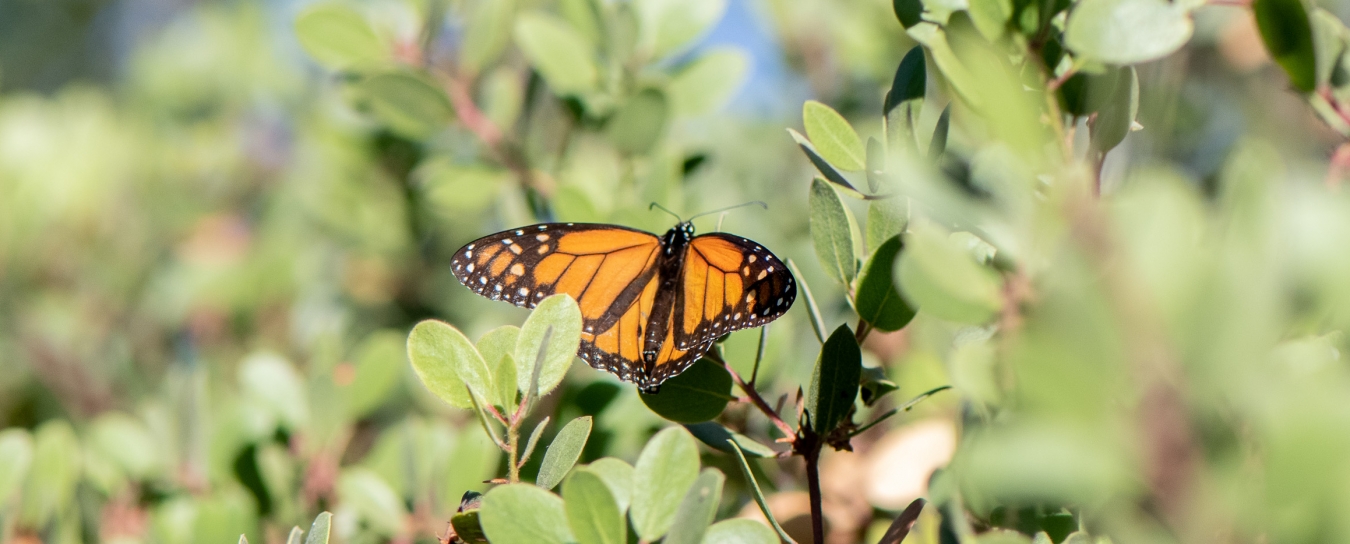
Invertebrates
See our handy guide to critters found in local homes and our Central Coast Butterfly FAQ. Browse the insects and other terrestrial arthropods we’ve identified. Check out local marine invertebrates, particularly bivalve mollusks and intertidal organisms.
- Anthropology
- Rocks & Fossils
- Invertebrates
- Vertebrates
- Botany
- Astronomy
- Fungi
- General
- Recently Asked
Murder Hornet in Santa Ynez?
I found this huge hornet looking thing outside our home in Santa Ynez. It's about an inch and a half, almost 2 inches. It's still alive and under glass right now. Can you tell me what it is and what to do with it?
Thank you!!!
Curator Response
Hi Diana,
The first bit of reassurance is that the Asian Giant Hornet (Vespa mandarinia), recklessly referred to in the media as the "Murder Hornet" and accidentally introduced to North America last year, has not been reported to occur anywhere near Santa Barbara or even California. On this continent it has not been observed outside of British Columbia or Washington state; even there, it is not known to be established yet. However, entomologists there are working hard to eradicate any colonies of this species since it poses a major threat to honeybee colonies (not to humans directly).
The next thing to know is that we do have some exciting native charismatic wasp megafauna of our own. You might be observing a so-called tarantula hawk (genus Pepsis, in the spider wasp family Pompilidae), which can indeed be nearly 2 inches in length! These wasps are distinctive looking: they tend to have a dark-colored body that shines bluish in bright light, most of them have orange wings, and, at least when they're warm, they make extremely quick flicking movements with their legs and wings.
See here for a pile of images of various species of tarantula hawks: https://bugguide.net/node/view/3920/bgimage If you can take a steady photo of your wasp, that would be a huge help for ID purposes!
Let me know if your wasp matches this description. No matter what it turns out to be, I'll likely have a lot more to say about it if I can make an ID.
Best wishes,
Schlinger Chair and Curator of Entomology Matthew L. Gimmel, Ph.D.


